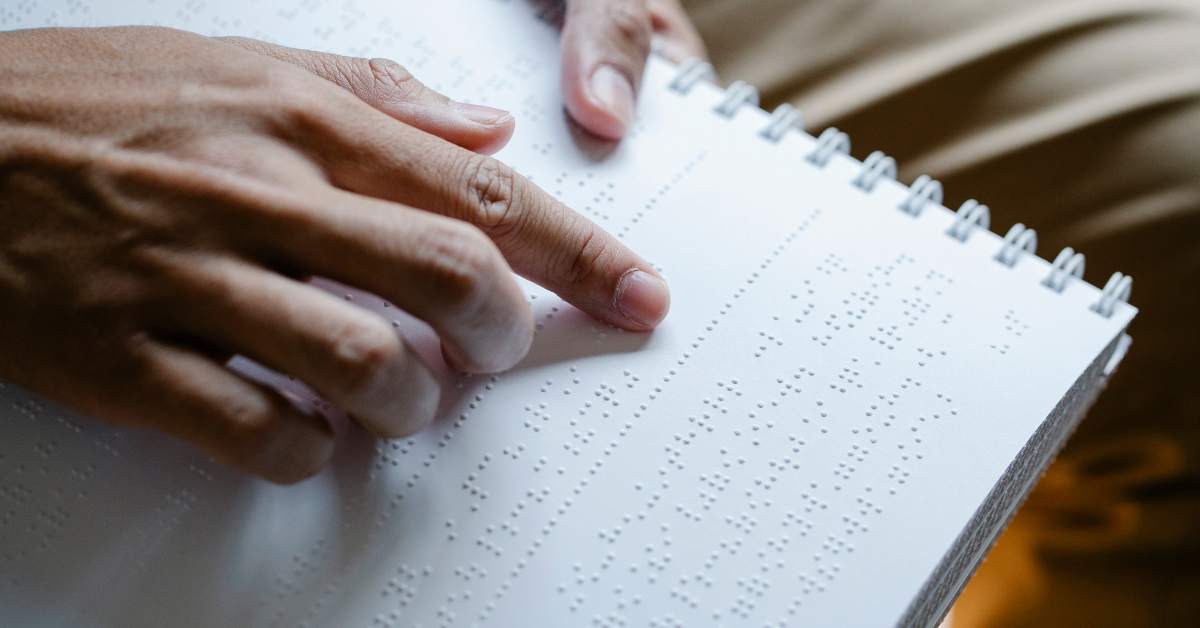Louis Braille was just 15 years old when he invented his revolutionary new method of reading for blind people.
 Blinded in a childhood accident, he recognised the need for a new way of communicating with those that could not see written text. His desire to create publications that were accessible for all led to him adapting a military method of communication and streamlining it into a language that could be replicated on documents and signs around the world. His momentous achievement is celebrated each year on World Braille Day on January 4 – the date Louis was born in 1809.
Blinded in a childhood accident, he recognised the need for a new way of communicating with those that could not see written text. His desire to create publications that were accessible for all led to him adapting a military method of communication and streamlining it into a language that could be replicated on documents and signs around the world. His momentous achievement is celebrated each year on World Braille Day on January 4 – the date Louis was born in 1809.
More than 200 years on from his birth, his innovative method is still being used across the globe, and the day is a great opportunity for anyone involved in communications to stop and think about how they cater for ALL their audiences.
Whilst Braille is still a valuable tool, and there are occasions when nothing else will do, getting documents transcribed into it can be time-consuming and expensive. But new technology has opened up numerous new ways of communicating with those with disabilities. From audio description services to text reading software, it should be easier than ever to get your message out to everyone.
Involving people with disabilities in developing your strategies so that you can find out what they really need is crucial, but there are also a few simple steps you can take to make sure your communications hit the mark.
Regardless of disability, the best communications are those that are simple. Here are a few pointers:
- Streamline your messages so that they can be understood by all. Why use 50 words if you can get your message across in 10?
- Keep documents concise.
- Keep language plain.
- Avoid fussy design and ensure the colours you use don’t obscure text.
- Think about font size – The Office for Disability Issues recommends using a minimum 14 point font size when producing materials that are intended to be easy to read.
If you need some help to streamline your communications contact us today.
